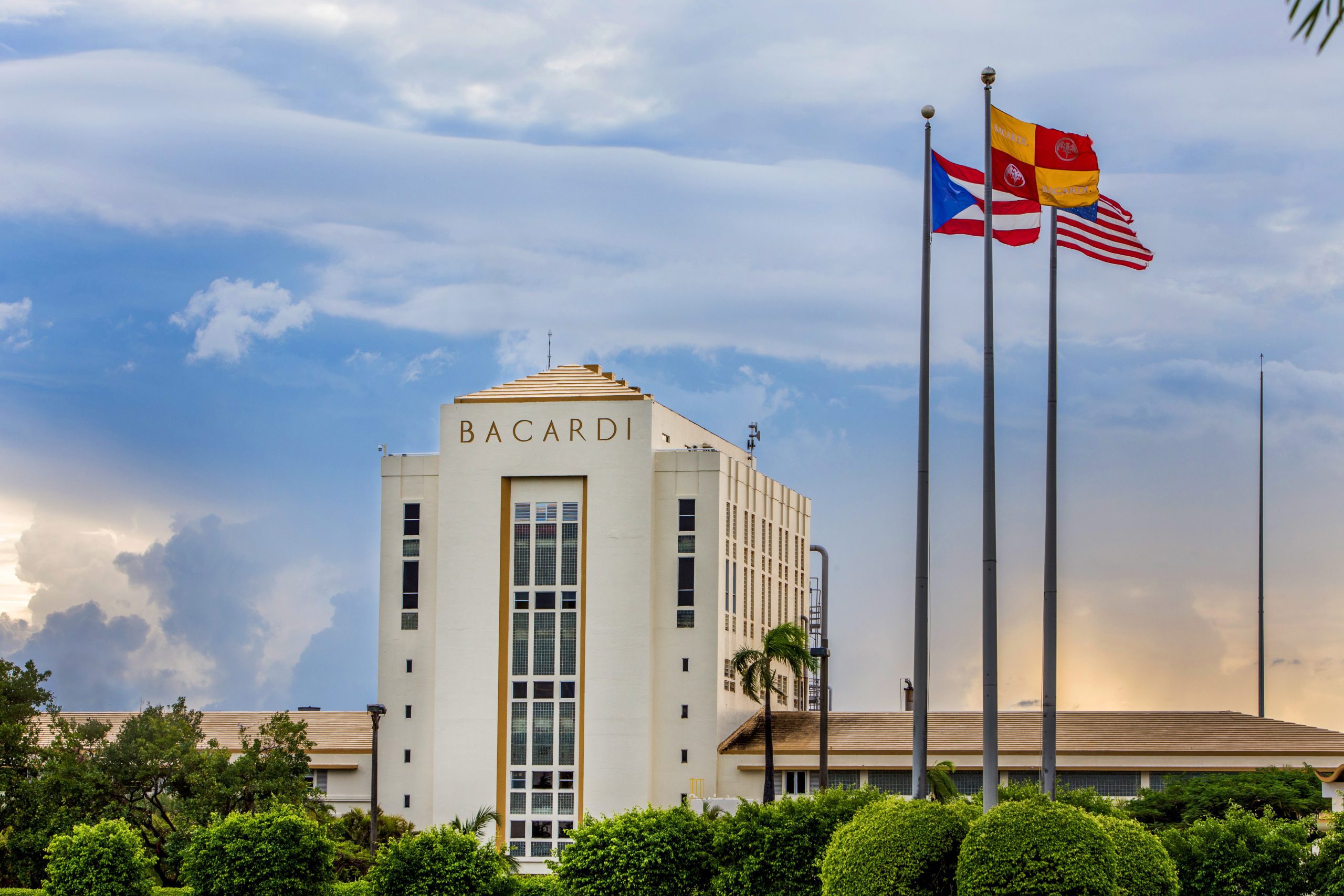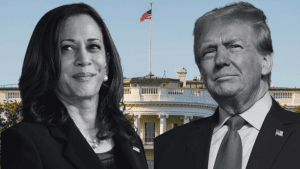WITH THE INTRODUCTION OF THEIR LATEST PREMIUM RUMS — THE AÑEJO CUATRO, THE RESERVA OCHO AND THE GRAN RESERVA DIEZ — BACARDI LOOKS TO BE QUITE POSITIVE ABOUT THE FUTURE OF THE STORIED SPIRIT.
Written by Chris Metler
Especially as it relates to its promising growth potential.
In fact, Bacardi estimates that by augmenting this premium rum portfolio by even ten percent over the next five years, it’d be worth USD $550-million to the industry.
Except to dismiss Bacardi’s new line as strictly business would be to miss the point entirely. Because if our recent visit to its historic distillery — the so-called Cathedral of Rum, located in the Cataño municipality on the northern coast of Puerto Rico — proved anything, it’s that the very premium rum Bacardi is producing deserves to be defined by more than its price tag.
Here, our three most significant takeaways from a memorable afternoon spent on location at Casa Bacardi.
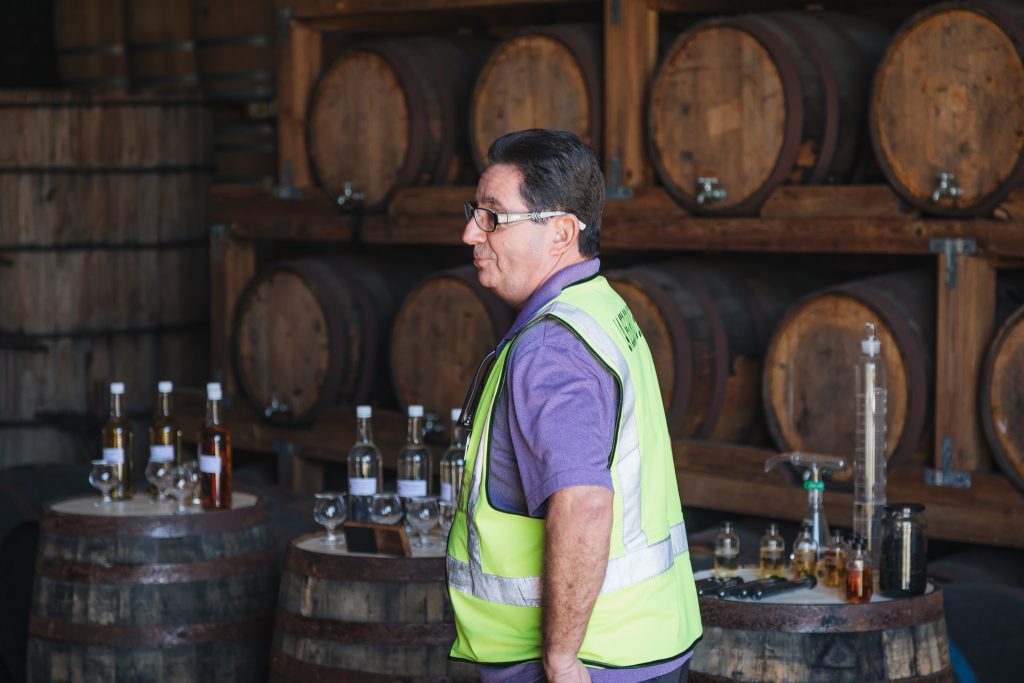

Crafting a premium rum adheres to an uncompromising pursuit of quality.
If we came into the experience with any pre-held prejudices against rum, it was that there didn’t seem to be many rules governing it. By incorporating a wide range of methods — typically questionable — rum can be made anywhere, aged in any type of wood and for any length of time. What’s more, flavourings and colourings tend to get added recklessly, only that’s seldom reflected on labels.
This has naturally led to the tarnishing of rum’s reputation, particularly as a premium spirit. However, within the immense aging warehouse of Casa Bacardi, its master blender, Joe Gomez, poetically detailed a painstaking manufacturing process. One that includes the use of high-grade sugarcane molasses, purified water from Puerto Rico and La Levadura Bacardi: a single-strain yeast originally cultivated in Cuba.
Moreover, Gomez, a near-mythical figure tasked with selecting the Bacardi rums, clarified how the premium variants get aged under the Caribbean sun, causing an accelerated maturation process which imparts the same level of depth and character as a whisky or scotch.
Needless to say, the commitment to such sterling initiatives could go a long way in providing a needed boost to restore rum’s standing. Although according to Bacardi Canada’s senior brand manager, Brendan McDonough, it’s simply part the company’s DNA. “We’re a family-owned business with a long history and heritage,” he chimed in. “Bacardi built a brand through seven generations of rum-making expertise, carefully ensuring a product that is crafted with passion and an uncompromising pursuit of quality.”
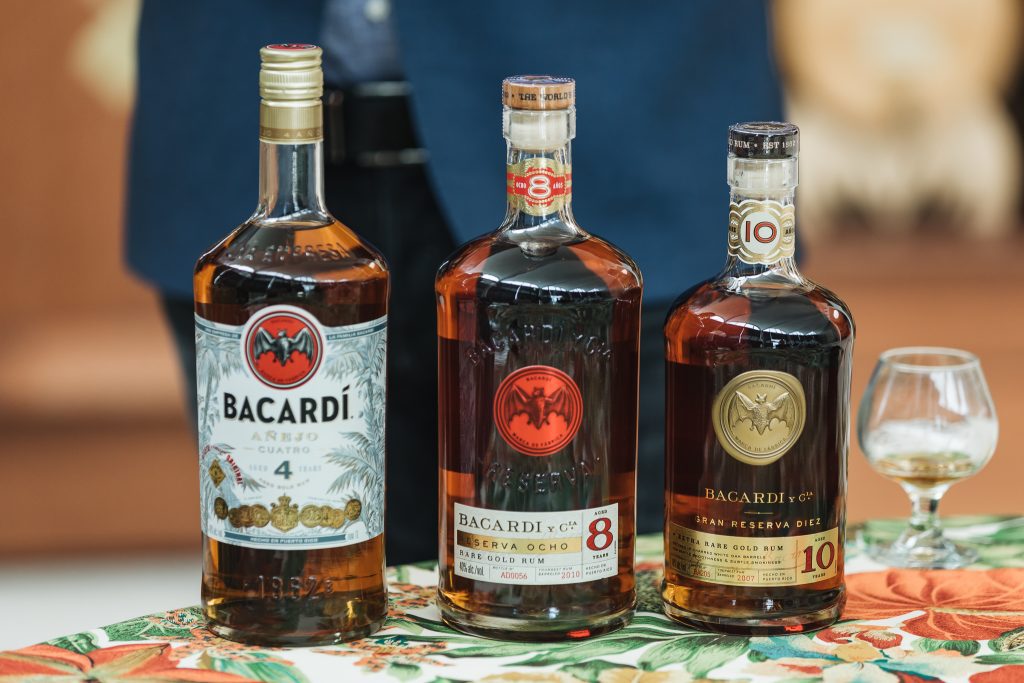

Selling a premium rum entails educating consumers.
Many aged spirits tend to be more costly due to angel’s share — the amount of an alcoholic drink lost to evaporation when the liquid is being aged in porous oak barrels — and the expense of storing them while they age. But eventually a spirit aged in wood will just taste a lot like wood. And some rums that claim to be super old get slapped with a huge markup, despite not necessarily qualifying as premium.
Of course, this has helped contribute to a lack of awareness and exposure out there. It’s further fostered the mistaken belief that premium rum must automatically infer expensive rum. For his part, McDonough made no secret he was conscious of the illusion.
“At Bacardi, it’s our job to educate consumers about the quality and craftsmanship that goes into making our incredible premium rums,” he countered, “so that they understand why these products are worth paying more for.” To that end, he pointed out how the statement listed on every premium bottle — ranging from four to ten or twelve — represents the minimum age of the liquid in Bacardi’s bottles. The objective? To promote buyers in making an informed choice about products they’re purchasing off the shelf; to realize what really constitutes a premium rum.
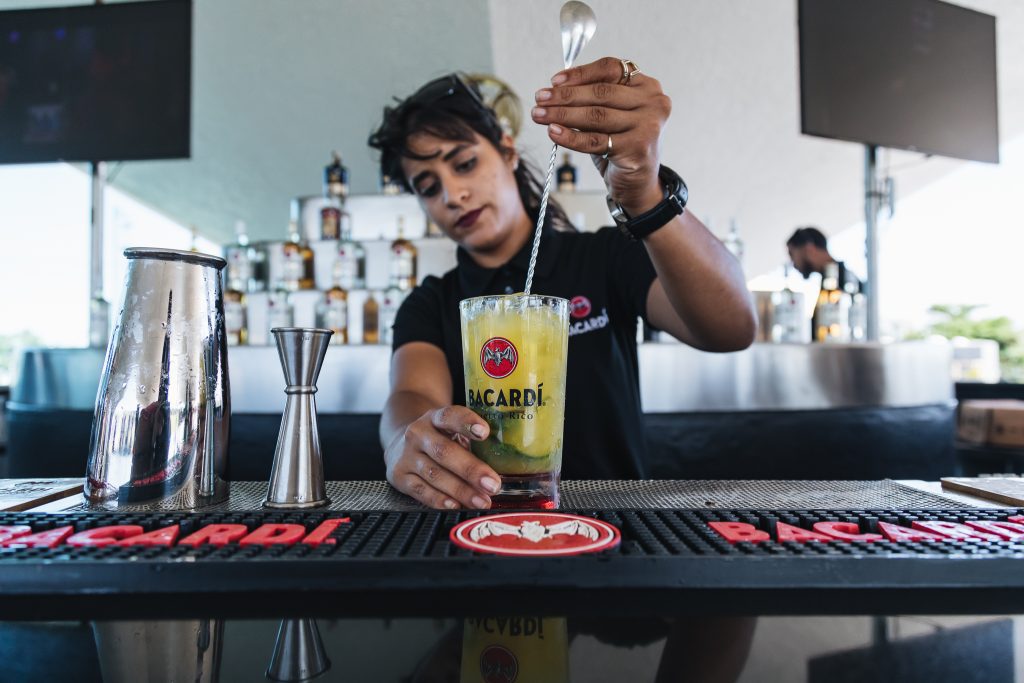

Branding a premium rum means challenging common misconceptions.
For years, rum has been hindered by the common misconception that it’s a spirit which should only be mixed into tropical drinks. That it can’t be appreciated on its own like whisky. That it has no place compared to brandy as an ideal after-hours nip. And yes, this is a misconception we’ll cop to having previously subscribed to.
To combat the false impressions which abound, Bacardi aims to advance the practice of sipping rum. And frankly, if we had any misgivings about the premium line’s ability to act as a standalone, an on-site tasting of the Gran Reserva Diez — boasting a minimum age of ten years, while conveying spellbinding notes of banana, caramelized vanilla and more — was enough to instantly change our minds.
Conversely, it became just as apparent the portfolio’s lowest priced rum, Añejo Cuatro, could easily be paired with club soda and a pinch of lime, or even more elaborate ingredients without sacrificing its essence.
We weren’t alone in our intense enjoyment, either. “You can see the enthusiasm in the trade,” said McDonough. Indeed, all over North America, more and more dedicated rum bars are popping up. There is an excitement around the resurgence of rum and Bacardi is ready to shepherd it. “Bacardi has long been a pioneer in the rum category and a recruiter of consumers into the category,” he enthusiastically closed. “We’re perfectly positioned to continue that tradition.”


